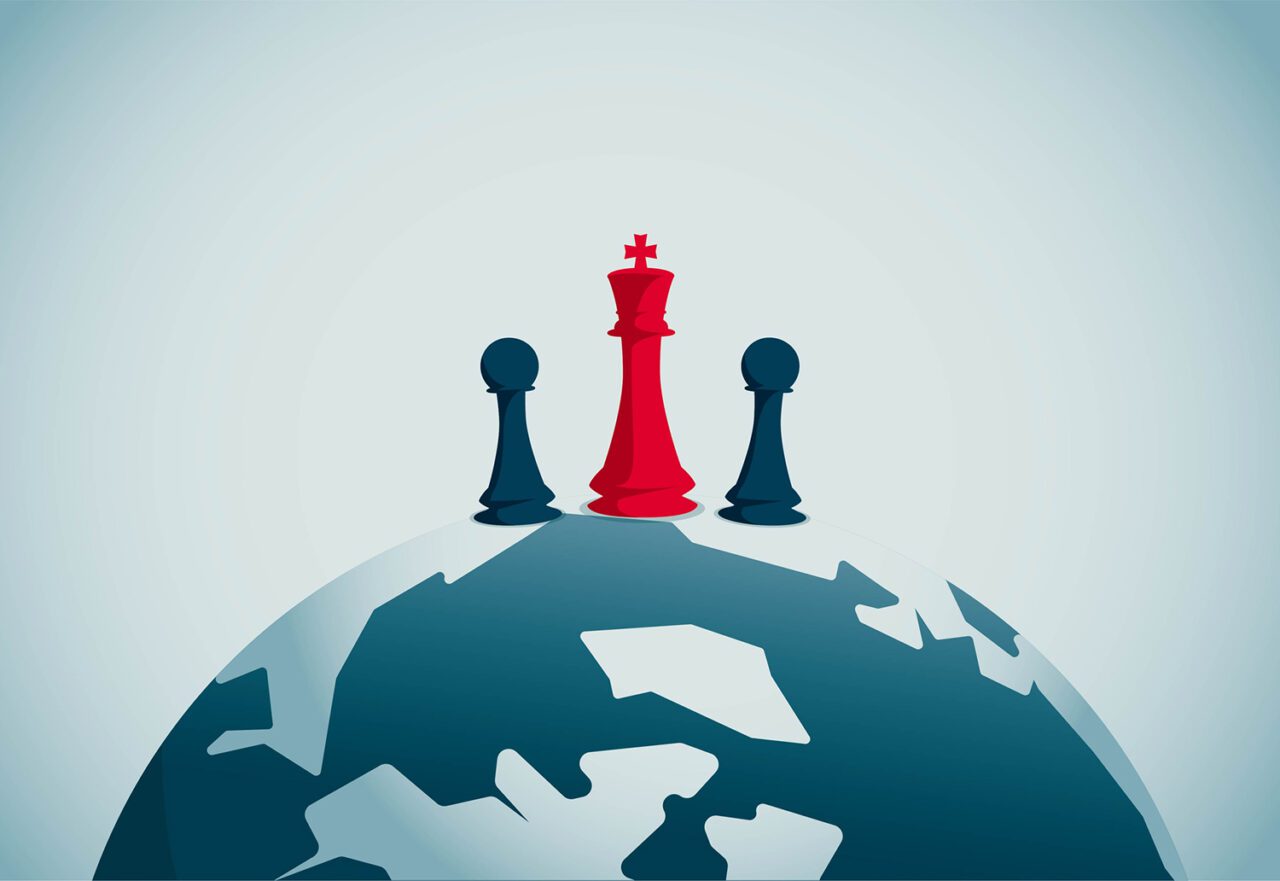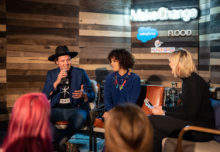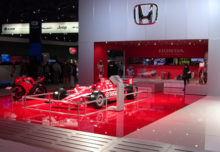After weeks of conjecture and swirling rumors around how U.S. tariffs would shake out, the specifics around the levies were revealed on April 2 during a briefing at the White House. In addition to previous tariffs imposed last month on Mexican, Canadian and Chinese goods, the Trump Administration announced a baseline 10-percent tariff on all imports to the U.S. that will take effect April 5, while “reciprocal” tariffs imposed on dozens of countries will go into effect April 9. The billion-dollar question is: How will the trade war impact the event marketing industry?
It’s been a burning topic for months that was fueled forward in March by the implementation of a 25-percent tariff on steel and aluminum. And event marketers, particularly in the trade show sector, have been readying themselves for the fallout. So head of “Liberation Day,” we asked a few experts how both the industry and their businesses could be, or already are, affected by the taxes, and how they’re preparing and pivoting in response.
Materials and Supply Chain
Between the steel and aluminum tariffs, a 20-percent tariff on European Union goods and a
34-percent tariff on Chinese imports, the price of many products and materials used to craft exhibits, installations, packaging, branded merchandise and event furnishings are poised to increase significantly, and as a result, have a serious impact on material-sourcing and supply chains.
“We’ve always tried to source more locally, anyway, but from a truss perspective, and steel, and looking at raw materials, that’s where we’re going to get hit,” says Jordan Kaye, founder and ceo at Analog Events. “… We’re trying to really nail down more local vendors and suppliers. Can we produce something here, where we’re not requiring materials from other places? Can we source stuff that’s being produced in L.A. or Texas or New York, knowing that certain textiles may [cost more]? How can we continue to stay more local, more local, more local?”
In addition to the countless ways the experiential and trade show industries rely on aluminum and steel, a number of other products and resources that are commonly used in events and exhibits will cost more. Even the tariffs impacting foreign spirits may require marketers to rethink, or eliminate, full bars at events.
“All LEDs come from China, so any lighting we want to do—light boxes, like graphics, lighting details—all those prices are going to go up,” says Sammy Bliss, vp-client services at ASV. “Electronics are going to go up, the furniture that we get from other countries, the décor elements, fabrics, anything that we don’t make here in the States, is just going to come up.”
Trickle-down Effects
A sharp increase in costs begs the question: Who pays the bill? At the end of the day, brands are likely to bear the brunt of the financial burden. “If our production costs are higher, I don’t see a scenario where that doesn’t get passed along to the brand, to the end client,” says Bliss. “We can try to absorb as much as we can, but the whole event business model is [based on] time and materials.”
It’s something many brands seem to be aware of, and bracing for. And on the agency side, teams are working to clearly communicate how budgetary constraints could impact their clients’ live experiences.
“We’ve sent out budgets to clients for projects that may not take place for a couple months, and pricing could be in a completely different place by then,” says Jason Witkes vp-production at CNC Agency. “So we’re really making sure that we’re properly communicating that one price that we provide today may not be the same in a couple months.”
All around, the tariffs’ trickle-down effects will influence event funds and programming. “The reality right now is the uncertainty in the economy for clients and the cost of their products is the biggest concern,” says Jeff Rogers, president at Salt XC. “Aluminum at clients in the beverage space. Ingredients at CPG companies. The integrated three-country auto industry. That ultimately has a trickle-down effect on budgets and planning.”
Pivots and Prep Work
Unfortunately, tariffs have forced “pivot” back into the industry’s everyday lexicon. Pricier resources and uncertainty over whether items will get stuck in Customs is making event organizers rethink how, to what scale, and if, their events and experiences can be executed as planned.
In some cases, brands are reexamining the event formats they lean into, Keye says. “I think we’re going to get that cycle where [clients] are going to be like, “Maybe we do a dinner. Maybe it’s more intimate, versus a big pop-up. Can we not do these things?” he says.
On the other hand, Keye, adds, some brands have been asking whether it makes more sense to spend their budget on influencer partnerships over IRL events. “I think we’re going to see another trend of live events may get hit entirely, where they’re like, ‘We can’t do something for $100,000 these days like we used to. So for $100,000, I can have a handful of influencers, still get an ROI, but in a different perspective, versus a live event.”
Over at CNC, one tactic has been pre-buying event goods. “For a client of ours we do a lot of their store openings, and we always produce a custom tote for each event that’s based on the location,” he says. “We work with one of our overseas partners; they provide all the totes, they do all the decorating. So what we’re doing is pre-purchasing all of the blank totes so we can have them in America, and we’re working with one of our local decorators. So costs are going to fluctuate a little bit, but this will guarantee that we’re going to have the exact same tote in-market.”
Bliss’ team is not only determining how to incorporate more affordable raw materials into the booths and events they build, but to take a sustainable approach by saving supplies, like aluminum, that might otherwise be recycled. “We might just hold on to it and figure out how to make those materials stretch a little bit more,” he says.
With specifics around tariffs having just been unveiled, and the possibility that they’ll be renegotiated, event profs ultimately say they’re wishing for the best, but preparing for the worst.
“We’re just kind of all watching what’s going to happen,” Witkes says. “Obviously, the events industry works with a lot of international companies, from food to flowers to furniture to custom packaging to [swag] items. So we’re really hoping for the best.”
Featured image credit: erhui1979






